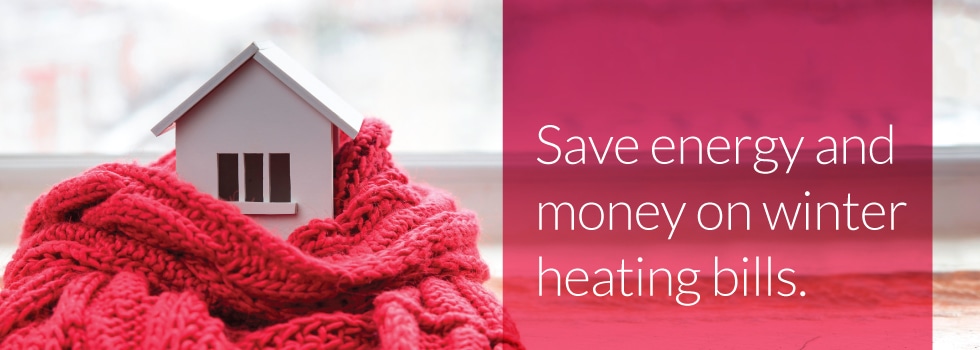
You’ve likely noticed that the price of many goods and services has gone up. It seems like we’re paying more for almost everything. Natural gas, unfortunately, is not an exception.
Walton Gas, like all other natural gas marketers, is not immune to natural gas price fluctuations. The gas purchased for customers tends to track the movements of the commodity price.
Walton Gas, like all other natural gas marketers, is
not immune to natural gas price fluctuations.
“We’re all feeling the effects of a volatile commodity market, particularly after enjoying relatively low, stable natural gas prices for the last decade,” said Phil Weatherly, director of business development for Walton Gas.
Lock in a rate
Georgia residential consumers average using 717 therms of natural gas per year, according to the state’s Public Service Commission. Most of that use comes in December, January and February due to home heating.
“During the winter, when people use more natural gas for heating, it’s more important to be aware of ways to lower your natural gas bill,” Weatherly said.
One way to help protect yourself from higher prices
is to sign up for a fixed-rate plan.
One way to help protect yourself from higher prices is to sign up for a fixed-rate plan. For example, those who committed to a Walton Gas 24-month plan in 2020 (at the fixed price at that time) are shielded from this year’s price increase. And, when it’s time to renew service next year, prices may be lower.
“Our customers can always count on us to provide them with options to help protect them from fluctuating prices,” Weatherly said. Walton EMC offers 6-month, 12-month and 24-month fixed-rate plans for residential consumers.
Weatherly encourages consumers to do their homework before signing up for their natural gas service. “If it looks too good to be true, it may be,” he said.
Avoid promotional gimmicks where the attractive incentive disappears after a short period – like an “Introductory” or “discounted” rate. There can also be hidden payment fees or higher monthly customer service fees that contribute to a higher bill.
Take a minute to review your most recent bill to know
the details of your current rate plan.
Take a minute to review your most recent bill to know the details of your current rate plan, as well as the customer service charge and any other fees it may contain.
Walton Gas, a consumer-driven provider, offers straightforward, competitive rate plans. That, combined with exceptional local service, is why Walton Gas has received the highest customer satisfaction ratings in the business.
Energy-saving ideas
Before the cold winds begin to blow, here are some other ways natural gas customers can save on winter heating bills:
- Perform an energy audit. Download a DIY home energy audit, such as the one offered by the U.S. Department of Energy to pinpoint some of your home’s energy-loss areas. Make a list of the problems you find to prioritize energy efficiency upgrades. Home Energy Saver is an online calculator that uses information you supply to determine which home improvement projects will yield the greatest energy savings.
- Adjust the thermostat. Moving your thermostat back 10 degrees for an eight-hour period when you aren’t home can save about 6 to 7 percent on your heating bill. Install a programmable thermostat to customize your heating schedule with these recommended settings:
- 68 F during the day when people are home.
- 65 F at night or when nobody is home.
- Replace aging equipment. If your heating system is more than 15 years old, consider replacing it with one of the newer, energy-efficient units. A new unit will reduce your energy consumption, especially if the existing equipment is in poor condition.
- Dodge the drafts. Drafts can waste 5 to 30 percent of your energy use, say DOE energy experts. Air escapes most often from: fireplaces, eaves, ridge vents, electrical outlets, light fixtures, floors, walls, ceilings, ducts, plumbing penetrations, doors, windows, fans and vents. Keep drafts at bay by filling cracks with caulk or spray insulation. Replace worn or insufficient weather stripping around doors and windows.
- Increase attic insulation. Unless your home was specially constructed for energy efficiency, you can probably reduce your heating costs by adding more insulation. The DOE estimates that a well-insulated attic can shave 10 to 50 percent off your heating bill.
R30 is the recommended attic insulation level for most homes. To determine whether you should add insulation, first determine how much you already have. Watch this video from Energy Star to learn how to measure your insulation.
- Install an attic tent. An uninsulated attic access door is a major source of energy waste. Installing a homemade, inexpensive attic tent will help ensure warm air isn’t escaping into your attic. Watch this video from Walton EMC for easy step-by-step instructions.
- Limit fireplace use. As much as 80 percent of the heat produced in your fireplace goes right out the chimney. And as it leaves, cold air is drawn indoors through leaks in your home’s exterior walls and windows. A better idea: Invest in a natural gas-fired stove for your hearth. You’ll have the look of a fireplace, but a much more efficient heating result.
- Insulate the water heater. An insulated natural gas water heater will operate more efficiently. This is especially important if your water heater is located in your garage, basement, or other non-insulated space. You can purchase a water heater blanket online or at most local hardware stores. Regular water heater maintenance is also recommended to keep your water heater operating at peak efficiency.
- Dress for the weather. Instead of reaching for the thermostat, put on a sweater if you are chilly. Layer clothing and wear socks and slippers to keep your body warm.
